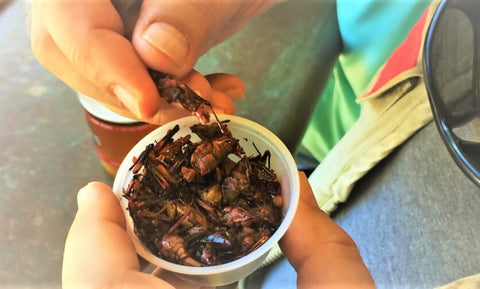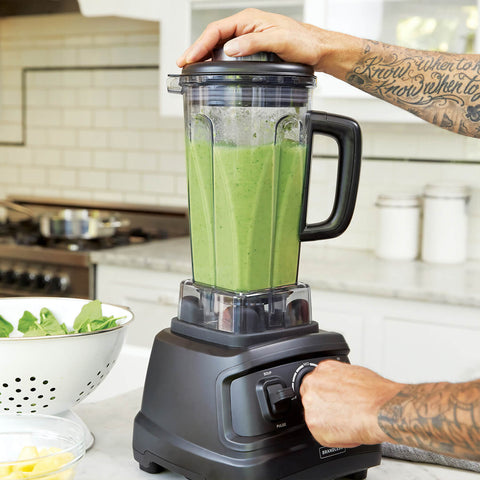Although fat and carbs are the preferred energy source for your body, you can also metabolize protein. For long distance hikers it’s very important to consume enough calories because they’re body will start to burn both fat and muscle stores. So, you also need to consume enough protein to restore those muscle stores.
This isn’t as much of a concern for a day hike, but protein is still important. Not only will it help you with muscle repair, but it’s also well paired with carbohydrate snacks.
When you consume carbohydrates with protein, you’ll slow the absorption of the sugar, resulting in a less severe rise and drop in blood sugar. Plus, by combining your protein with your carbohydrates, your snacks will feel more fulfilling. Although proteins and carbs both have 4 calories per gram, protein has a higher satiety level. So, you won’t feel hungry as quickly.
What to Eat on a Hike
So, let’s put this all together, and pack your day hike snacks.
Ideally, you want snacks that are nutrient dense, and that fit the criteria discussed above. The denser your snacks, the lighter your day pack will be. Some awesome day hike snacks include:
- Fruit: Apple, Banana, Grapes
- Dried Fruit: Mango, Apricots, Dates
- Nuts: Almonds, Macadamia, Peanuts, Pecans
- Nut Butter: Almond, Cashew, Pistachio, Hazlenut
- Energy Bars: RxBar, EXO Energy Bars
- Protein Pars: Clif Builders Bars, EXO Protein Bars
Fresh fruit can be a great option as a quick carb source on the trail. You can pack along an apple, banana, or some grapes. But sometimes fruits can tend to get smooshed in your backpack, so another option is dried fruit. This will lighten your pack as well. I personally love dried mango on the trail.
Nuts tend to be great snacks on the trail because they’re calorically dense. They tend to be high in fat too, which is good for hiking. They also contain protein so they’re a fairly well- balanced snack that are easy to eat on-the-go. When I’m hiking I tend to fill my pockets like a squirrel and then snack as I hike. Good nut options include almonds, macadamia nuts, peanuts, and pecans.
You can also get a lot of nuts in the form of butter, such as almond butter. You can just eat straight if you want or combine with bread for a tasty PBJ snack.
When I hike, I also like to bring along a few protein or energy bars. That’s because they’re a quick snack when you need a pick-me-up and if you pick wisely you can find bars that have a balanced supply of nutrients. Exo’s energy bars are good because they have simple ingredients, which include nuts or seeds, cricket powder - with a ton of benefits, fruit and other natural ingredients that I recognize. They basically take the snack foods I’d normally pack hiking, and then they smoosh them into a bar. (And if you're wondering do crickets have protein? Of course!)







